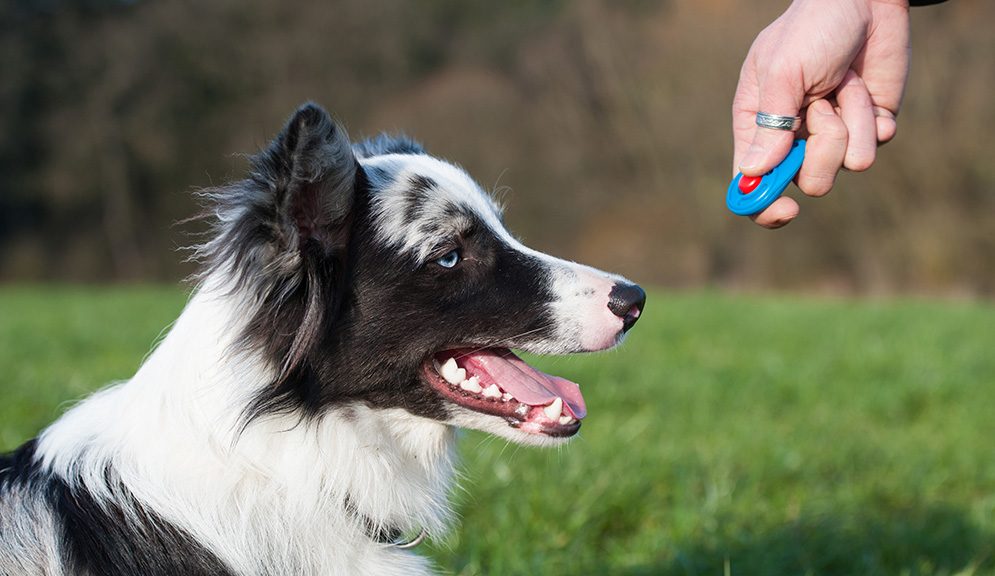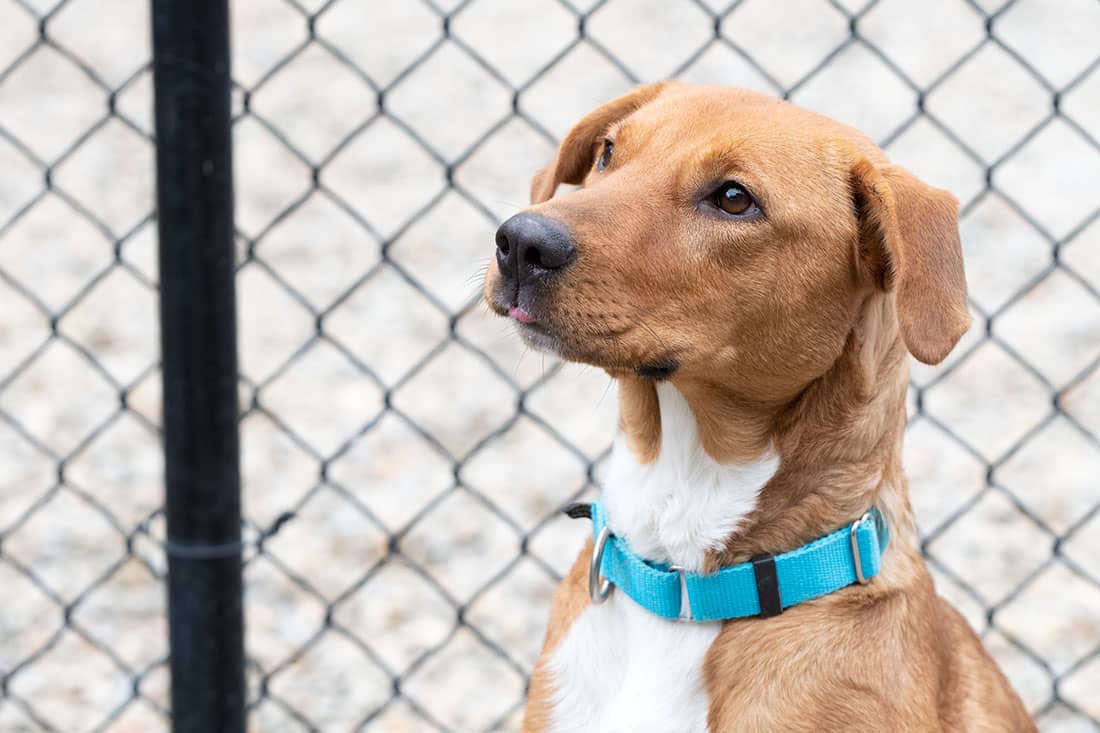Transform Your Animal with These Expert Dog Training Tips
Wiki Article
Vital Tips for Successful Dog Training: An Overview for Pet Owners
Efficient pet dog training is a diverse procedure that calls for a calculated method customized to both the pet dog's personality and the proprietor's purposes. Key elements such as developing constant commands, using positive support, and helping with very early socialization play important functions in cultivating a well-adjusted canine buddy. Nevertheless, many animal owners run into challenges that can hinder progress, causing disappointment and unpredictability. Comprehending just how to browse these challenges can considerably boost the training experience, inevitably changing the connection between owner and pet dog. What are the crucial approaches that can be employed to guarantee success in this undertaking?Recognizing Dog Behavior
Comprehending pet dog habits is essential for reliable training and cultivating a harmonious relationship between dogs and their owners. dog training. Pets connect mostly via body language, articulations, and activities, making it essential for proprietors to interpret these signals properly.
Socialization plays a considerable duty in dog behavior; exposure to different environments, people, and other pets can significantly influence a pet's character. Moreover, aspects such as breed attributes and individual personality should direct training techniques, as some breeds might have specific behavior traits that require customized methods. By understanding these elements, owners can create a supportive atmosphere that urges favorable behavior, causing successful training results and a much deeper bond with their family pets.
Developing Constant Commands
Efficient communication with your pet dog starts with developing regular commands. This foundational aspect of training is important for cultivating understanding between you and your family pet. Consistency in the commands you make use of makes sure that your canine can reliably link particular words or expressions with the wanted behaviors.When choosing commands, select clear, distinct words that are very easy to say and distinguish from each other. Avoid utilizing similar-sounding commands that may perplex your canine. As an example, using "sit" and "stay" is ideal, however "sit" and "hit" could bring about misunderstandings.
Additionally, preserve the very same tone and volume for each and every command. Canines are sensitive to singing cues, so differing your tone can create complication.
It is just as vital to make sure that all relative get on the very same web page relating to the commands utilized. A united front in command usage will certainly stop combined signals and enhance the discovering process.
Favorable Support Techniques
The power of favorable reinforcement in canine training depends on its ability to urge preferred actions through incentives and appreciation. This method is based in the principle that actions complied with by positive end results are a lot more likely to be duplicated. By integrating positive support into your training regimen, you can properly shape your pet dog's actions in a constructive way.To implement positive news support, it's necessary to identify what inspires your canine, whether it be treats, playthings, or spoken appreciation. When your pet dog performs a desired activity, such as remaining on command, instantly award them with a reward or love. This association in between the command and the favorable result strengthens their understanding.
It's crucial to timing the rewards properly; supplying the support within seconds of the preferred behavior assists your pet make the link (dog training). Additionally, uniformity is key-- ensure that all member of the family utilize the same commands and benefit systems to avoid complication

Progressively, you can minimize the frequency of deals with as your pet learns the behavior, transitioning to applaud or periodic rewards. This approach not just fosters a strong bond between you and your pet dog but additionally promotes a positive knowing atmosphere, making training a delightful experience for both.
Socialization and Communication
Continually exposing your dog to a range of atmospheres, individuals, and various other animals is important for their social growth. Socialization ought to start early, ideally throughout the crucial window of 3 to 14 weeks, when young puppies are most responsive to new experiences. Nonetheless, older dogs can additionally take advantage of ongoing socializing efforts.Present your canine to different setups, such as parks, pet-friendly shops, and urban areas. This direct exposure helps them adjust to numerous stimuli, minimizing anxiety and anxiety reactions. Urge positive interactions with other dogs and individuals, ensuring that these experiences are secure and regulated to foster self-confidence.
Make use of organized playdates with courteous dogs, as this can boost your canine's social skills and teach them suitable actions. Obedience classes and training sessions likewise provide outstanding opportunities for socializing, allowing your canine to communicate with others in a supervised atmosphere.
Display your pet dog's body language throughout communications, as this will assist you evaluate their comfort level. Gradually enhance exposure to even more tough scenarios anchor while making sure that each experience is positive. A well-socialized pet is most likely to show well balanced actions, making them a joy to have in any type of setup.
Addressing Usual Training Obstacles
Every canine owner will certainly come across training difficulties eventually, no matter their pet's age or socializing degree. Determining usual issues such as stubbornness, disturbances, and fearfulness can help in creating effective methods for improvement.
Gradually introduce diversions as the pet becomes much more skilled in commands. Short, frequent training sessions are likewise efficient in preserving focus.
Fearfulness can hinder a pet dog's learning procedure. Gradual desensitization to the resource of concern, combined with favorable support, can assist ease anxiety. Perseverance is critical; never ever require a canine right into a scenario that triggers distress, as this might aggravate the problem.
Ultimately, understanding and resolving these usual challenges with a structured strategy will certainly cultivate a much more effective training experience, reinforcing the bond between pet dog and owner while advertising effective learning.
Verdict
In summary, successful pet dog training counts on an extensive understanding of canine site link actions, the establishment of regular commands, and the application of positive support techniques. Socializing plays a critical role in establishing well-adjusted animals, while addressing usual training difficulties calls for patience and flexibility. By applying these vital approaches, animal owners can foster a strong bond with their dogs and advertise preferable actions, ultimately resulting in an unified relationship in between human beings and their canine friends.Understanding pet behavior is important for effective training and cultivating an unified relationship between canines and their owners.Socialization plays a substantial function in dog actions; exposure to numerous environments, individuals, and other animals can significantly affect a pet's temperament.The power of favorable support in dog training lies in its capacity to motivate desired habits through benefits and appreciation. By including favorable reinforcement into your training program, you can effectively form your pet dog's actions in a useful manner.
In summary, successful pet dog training depends on a comprehensive understanding of canine behavior, the facility of constant commands, and the application of favorable reinforcement methods.
Report this wiki page